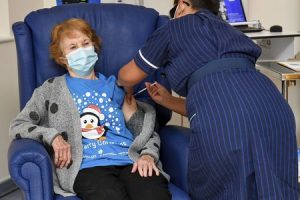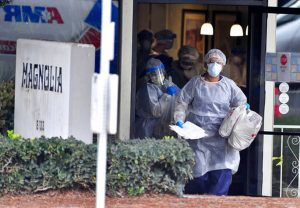Although COVID-19 does not pose the same broad risks in San Bernardino County that it did in the early years of the pandemic, the virus does continue to pose a relatively serious risk to older adults in nursing homes. Even seniors who have been fully vaccinated and boosted are still at higher risk of developing serious symptoms from COVID-19, and nursing homes have a duty to ensure that infection-control measures are in place to prevent the spread of the virus if a resident does become infected. According to a recent story from KQED, some nursing homes and other long-term care facilities are using COVID-sniffing dogs to identify the virus in residents. Can dogs really sniff out COVID? And when can a nursing home be liable for injury or death caused by COVID in a nursing home, assisted-living facility, or another type of long-term care facility?
Learning More About COVID-Sniffing Dogs in California
Can dogs really sniff out COVID? And can this practice make nursing homes and assisted-living facilities safer for residents? According to the KQED story, using COVID-sniffing dogs can be quick and effective, in large part. Indeed, the piece says, “in less than a half hour, dogs can scan hundreds of patients at a nursing home by sniffing their shoes and ankles,” and “if they identify COVID, they will sit down next to the suspected resident.” Facilities are then using rapid antigen tests to “verify the results” provided by the dogs.
 Southern California Nursing Home Abuse Lawyer Blog
Southern California Nursing Home Abuse Lawyer Blog










